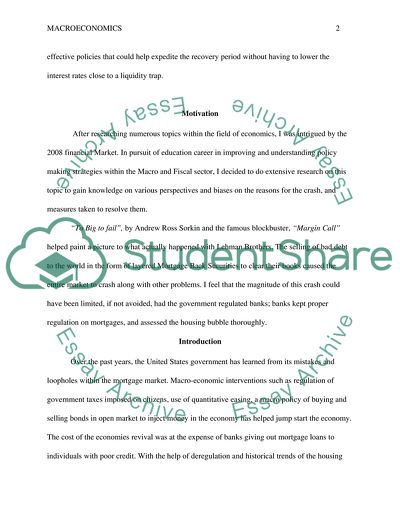Cite this document
(“The Macro and Fiscal Policies in Macroeconomics Research Paper - 1”, n.d.)
The Macro and Fiscal Policies in Macroeconomics Research Paper - 1. Retrieved from https://studentshare.org/macro-microeconomics/1861570-final-research-paper
The Macro and Fiscal Policies in Macroeconomics Research Paper - 1. Retrieved from https://studentshare.org/macro-microeconomics/1861570-final-research-paper
(The Macro and Fiscal Policies in Macroeconomics Research Paper - 1)
The Macro and Fiscal Policies in Macroeconomics Research Paper - 1. https://studentshare.org/macro-microeconomics/1861570-final-research-paper.
The Macro and Fiscal Policies in Macroeconomics Research Paper - 1. https://studentshare.org/macro-microeconomics/1861570-final-research-paper.
“The Macro and Fiscal Policies in Macroeconomics Research Paper - 1”, n.d. https://studentshare.org/macro-microeconomics/1861570-final-research-paper.


